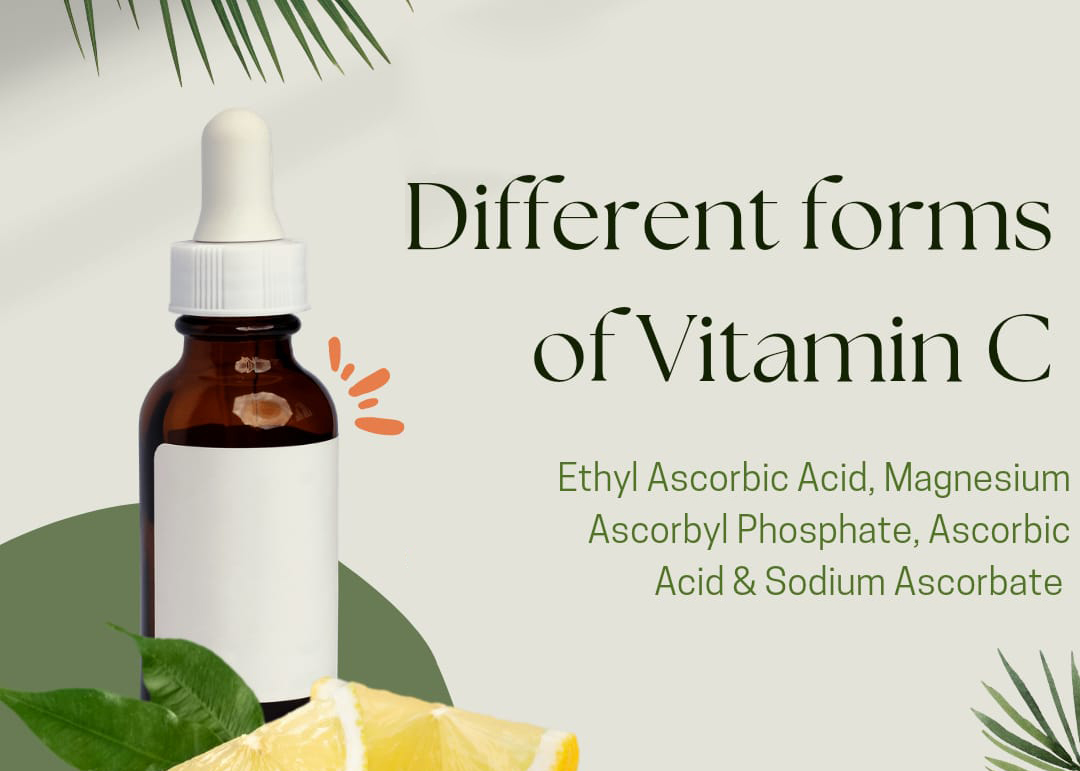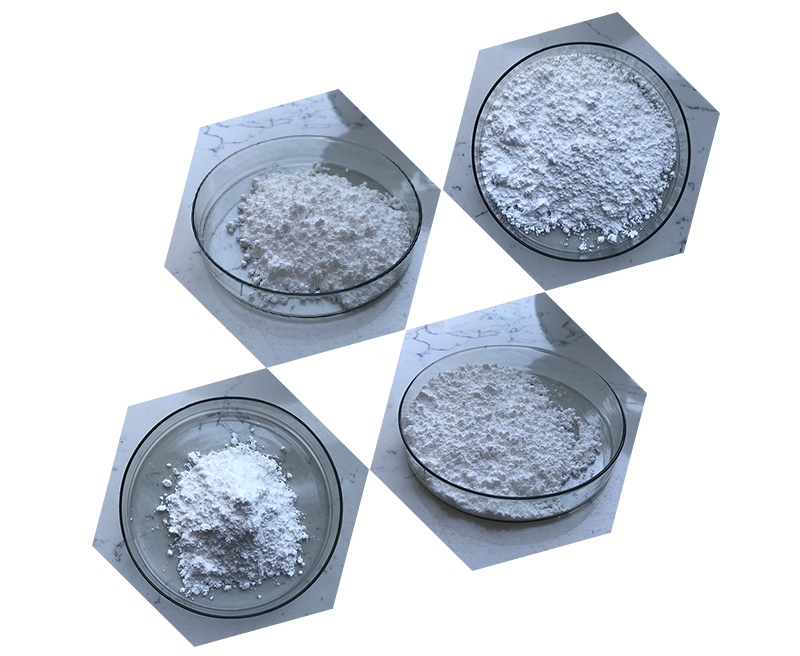Sodium Ascorbyl Phosphate (SAP) is a stabilized form of Vitamin C, often used in skincare products for its antioxidant and skin-brightening properties. It is water-soluble and is generally used in serums, creams, and masks. Here’s how it’s typically used:
- Skin Brightening: Sodium Ascorbyl Phosphate helps to even out skin tone and reduce hyperpigmentation by inhibiting melanin production, making it useful for addressing dark spots or discoloration.
- Anti-aging: It helps to promote collagen synthesis, which can improve skin elasticity and reduce the appearance of fine lines and wrinkles.
- Antioxidant Protection: As a form of Vitamin C, Sodium Ascorbyl Phosphate fights free radicals, helping to protect the skin from environmental damage like UV exposure and pollution.
- Gentler than L-ascorbic acid: Compared to other Vitamin C derivatives, Sodium Ascorbyl Phosphate is less irritating, making it suitable for sensitive skin types. It doesn’t have the same acidic nature as L-ascorbic acid, which can sometimes cause redness or tingling.
- Combination with Other Actives: Sodium Ascorbyl Phosphate can be combined with other skincare ingredients, like hyaluronic acid, peptides, or niacinamide, to boost overall skin health.

How to use it:
- Apply it after cleansing and toning, but before heavier creams or oils.
- For best results, use it regularly, typically once or twice a day depending on your skin’s sensitivity.
- Always follow up with sunscreen during the day, as Vitamin C can make skin more sensitive to UV rays.
Let me know if you’re looking for more detailed usage tips!
Research direction of Sodium Ascorbyl Phosphate
Sodium Ascorbyl Phosphate (SAP) is a stable, water-soluble derivative of vitamin C, widely utilized in skincare and pharmaceutical formulations for its antioxidant properties. Research on Sodium Ascorbyl Phosphate has explored its stability, efficacy, and potential applications in various delivery systems.
Stability and Formulation:
Sodium Ascorbyl Phosphate’s stability surpasses that of L-ascorbic acid, the pure form of vitamin C, making it a preferred choice in cosmetic formulations. Studies have demonstrated that Sodium Ascorbyl Phosphate maintains its potency over time, even when exposed to environmental factors such as air, light, and heat.
Incorporating Sodium Ascorbyl Phosphate into topical microemulsions has been investigated to enhance its delivery and efficacy. Research indicates that Sodium Ascorbyl Phosphate remains stable within both oil-in-water (o/w) and water-in-oil (w/o) microemulsions, with its location within the carrier system influencing the release profiles. The addition of thickening agents like colloidal silica and xanthan gum can further modulate the release rate, offering sustained delivery of Sodium Ascorbyl Phosphate to the skin.
Antimicrobial and Antioxidant Effects:
Sodium Ascorbyl Phosphate exhibits significant antimicrobial activity, particularly against Propionibacterium acnes, a bacterium associated with acne vulgaris. In vitro studies have shown that a 1% Sodium Ascorbyl Phosphate formulation can achieve a log reduction of 5 after 8 hours in a time-kill study. Additionally, human in vivo studies have demonstrated that Sodium Ascorbyl Phosphate formulations can prevent UVA-induced sebum oxidation by up to 40%, highlighting its potential in acne treatment.
Beyond its antimicrobial properties, Sodium Ascorbyl Phosphate serves as a potent antioxidant, neutralizing free radicals and protecting the skin from oxidative stress. This action contributes to its anti-aging effects, including the promotion of collagen synthesis and the reduction of fine lines and wrinkles.

Safety and Regulatory Considerations:
Sodium Ascorbyl Phosphate has been evaluated for safety in cosmetic applications. The Cosmetic Ingredient Review (CIR) has assessed its use and concentration in various products, noting that Sodium Ascorbyl Phosphate is commonly used at concentrations up to 2% in non-spray moisturizing products. The review emphasizes the importance of adhering to recommended usage levels to ensure safety and efficacy.
Emerging Applications:
Recent research has explored the incorporation of Sodium Ascorbyl Phosphate into nanoemulsions to enhance its skin penetration and stability. Studies indicate that nanoemulsions can improve the solubility and delivery of Sodium Ascorbyl Phosphate, potentially leading to more effective skincare treatments.
In summary, ongoing research into Sodium Ascorbyl Phosphate focuses on optimizing its stability, delivery mechanisms, and therapeutic applications, particularly in dermatology and skincare. Its proven antioxidant and antimicrobial properties, combined with advancements in formulation technology, continue to expand its potential uses in cosmetic and pharmaceutical products.
